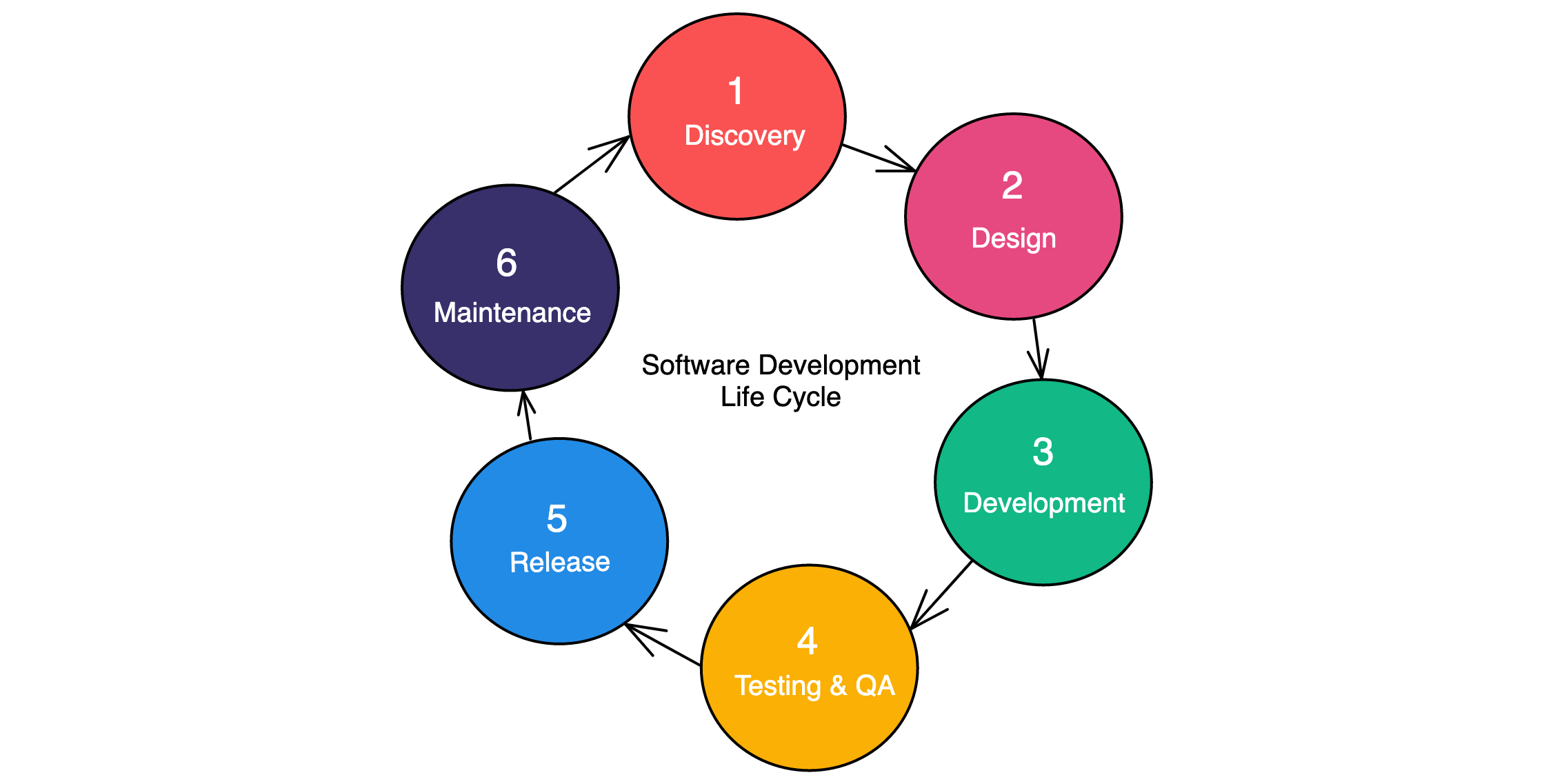
Outdated Software: A Look at Technical Debt
The world of technology is an ever-evolving landscape. As we traverse it, we often stumble upon issues that hinder our progress. One such challenge is “technical debt”, particularly when it comes from using outdated, or out-of-support, software. Understanding this aspect of technical debt, with its inherent security risks, compatibility issues, and increased costs, is crucial for businesses aiming to stay secure, efficient, and competitive.
Unpacking the Concept of Technical Debt
Much like financial debt, technical debt is a concept that refers to the cost of postponing necessary work or updates in the field of technology. Imagine taking out a loan – you benefit from the immediate access to cash but inevitably, you’ll need to repay it, often with interest. Technical debt works in a similar fashion. Quick fixes and short-term solutions might help you keep pace with immediate demands, but over time, these decisions accrue a ‘debt’ that will need to be paid, usually in the form of extra work or system overhauls.
Perhaps one of the most widespread forms of technical debt comes from relying on outdated or “out-of-support” software. To grasp the magnitude of this problem, we need to explore the potential issues that this type of software can generate.
The Hidden Pitfalls of Outdated Software
Outdated software is akin to an old car that no longer receives parts or service from the manufacturer. While it might chug along for a while, the lack of support and updates can cause multiple problems:
- Security Risks: Without regular updates and security patches, outdated software can become a welcome mat for cybercriminals. It’s akin to an old lock that can easily be picked, leaving your systems vulnerable to security breaches and data theft.
- Compatibility Issues: Just as an old car might have trouble with modern fuels, out-of-support software may fail to interact smoothly with newer programs and systems. This can lead to operational inefficiencies, system crashes, and unexpected downtime.
- Increased Costs: Resolving issues with outdated software can be a draining process, both in terms of time and money. It’s similar to hunting down rare parts for an old car – resources are consumed, and costs can quickly spiral out of control.
The Ripple Effects of Outdated Software
Using out-of-support software not only has immediate drawbacks but also triggers a ripple effect of ongoing challenges. Reduced productivity, stifled innovation, and potential damage to your organization’s reputation (especially in the case of a security breach) are all possible long-term consequences.
Moreover, clinging to outdated software may result in missed opportunities. Newer software versions usually offer improved features that can streamline processes, enhance user experience, and give your business a competitive edge.
Paying Down the Technical Debt of Out-of-Support Software
Having laid bare the issues of out-of-support software, it’s time to address this form of technical debt head-on. Here’s a strategy for tackling the challenge:
- Prioritize: Start by identifying which outdated software is most critical to your operations and poses the greatest risk. Once these have been pinpointed, plan to update or replace them first.
- Count the Cost: Transitioning to new software isn’t just about the purchase price. You must also factor in the time required for your team to learn the new system and any potential bumps in the road during the changeover process.
- Stay Informed: Stay ahead of potential issues by keeping tabs on when your software will become outdated. This foresight allows you to plan and budget for replacements in a timely fashion.
- Invest in Training: As you introduce new software, ensure your team is equipped with the necessary skills to use it effectively. After all, the advantages of new software can only be fully leveraged if your team is adept at using its features.
Conclusion: Successfully Steering Through the Technical Debt Terrain
In conclusion, relying on outdated software is much like driving an old, unserviced car – it’s likely to lead to numerous problems down the road. However, with careful planning, awareness, and proactive management, you can successfully navigate this aspect of technical debt, ensuring your business operates smoothly, securely, and at the peak of its potential.





